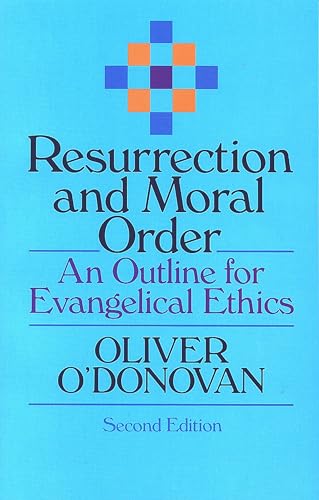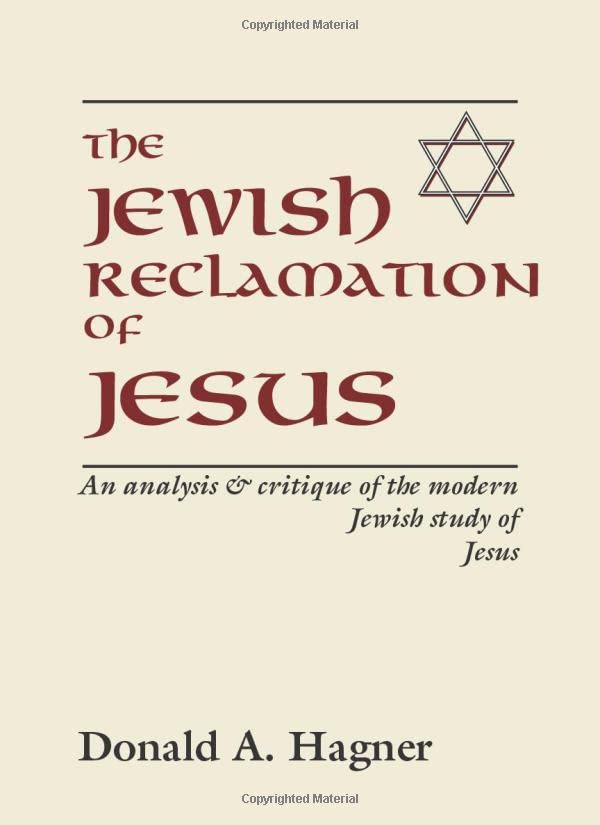This excellent new commentary, replacing the 1961 commentary of R. V. G. Tasker, admirably accomplishes the aim of the new series as articulated by the general editor, Leon Morris, and is a model of what a concise exegetical commentary should be.
In a fine section devoted to introductory matters, about 50 pages compared to the mere 15 in Tasker’s volume, France discusses not only the origin of the gospel but also its theological distinctives. All of this is done in awareness of, and in conversation with, the latest and best Matthean scholarship. Indeed, despite its non-technological nature and the limitations of space, which allow only occasional reference to the scholarly debate concerning Matthew, the entire commentary is clearly based on scholarship of a high calibre.
As to authorship, France cautiously argues that the apostle Matthew probably had a major role in the origin of the gospel. He leans, rather tentatively, towards dating the gospel in the sixties and sees it as addressed to a community of mainly Jewish believers. Tasker by comparison associated the apostle with an Aramaic substratum and dated the Greek gospel later than AD 70, regarding 22:7 as a reference to the destruction of Jerusalem. France favours the priority of Mark and the two-source hypothesis, though with due sensitivity to the questions recently raised against these views. Even apart from the issue of priority, however, he rightly stresses the importance of synoptic comparisons in discerning Matthew’s distinctive emphases.
The commentary proper proceeds verse by verse over against the section by section treatment of Tasker with occasional ‘additional notes’. France moves through the material confidently and with an exceptional clarity. His exegesis is supported by careful argument so that one always knows why he opts for a particular interpretation. Particularly impressive is his sensitivity to matters such as structure, immediate context, and (as one would expect from his previous work) the evangelist’s use of the OT. His conclusions always seem sane and balanced. Also interesting to note is his appeal to humour in the exegesis of a passage (e.g. 15:26f.; 17:27; 19:10; 23:24) and the fact that despite the relative limitations of space he manages to include appropriate application at many points. France does particularly well with the notorious challenges that face every Matthew commentator, such as the Sermon on the Mount (and especially 5:17–21), the parables of Jesus, Peter’s confession, and the Olivet Discourse.
The present commentary may here and there be a little more conservative than Tasker’s. This can be seen in France’s unflinching acceptance of the supernatural aspects of the birth narrative. Thus where Tasker can describe the angelic revelations and the moving star as ways of speaking about divine guidance, France refers to a spiritual being and a miraculous occurrence. France also seems more concerned with harmonizing discrepancies between different accounts than does Tasker. For the most part, France is content to assume rather than to argue the historical veracity of Matthew’s narrative. On the other hand, one could hardly say that France’s commentary is uncritical or obscurantist. Thus concerning the difficult passage in 27:52f. he concludes that what a camera would have recorded is ‘a matter of faith, not of objective demonstration’. He accepts the visionary character of the temptations of Jesus. His work indeed is characterized throughout not by credulity, but by a consistent and appropriate respect for the text.
France properly takes into account the creativity of the evangelist at many points. He acknowledges editorial freedom in arranging the materials, including the grouping of items according to subject (and not chronology), the formation of the major teaching discourses, and even, perhaps, in the doubling of those healed (see on 8:28). Although he is thus open to the evangelist’s redaction of his sources, this comes into play surprisingly seldom in the commentary. The result is that at important points the theological significance of Matthew’s alteration of Mark’s wording is unduly minimized (e.g. Mt. 9:17/Mk. 2:22; Mt. 15:1–20/Mk. 7:1–23). Furthermore, the insistence on the importance of the immediate context to the exegesis of any passage, something otherwise very productive in this commentary, can make for some forced exegesis when the evangelist has juxtaposed material that may originally have been independent. Thus, may it not be better to ignore the immediately preceding material when exegeting such passages as 22:11–14 and 24:29–31?
Two further weaknesses of the commentary may be mentioned. First, France’s portrayal of Judaism and especially Pharisaism is generally too negative. It is not that he is unaware of the important recent scholarship that portrays first-century Judaism much more sympathetically than does the NT. For example, commenting on 5:20 he states that the Pharisees’ scrupulous concern to obey the smallest commandment is not to be faulted; in his treatment of chapter 23 he suggests there were some good Pharisees and that many were unconscious of their moral failure, and he rightly cautions against an anti-Semitic interpretation of 27:25. But much more could and should be done by a modern commentator to compensate for the excessively negative view of Judaism in the gospel. Often France’s remarks concerning Judaism and the Pharisees reflect what must be described as the all-too-common stereotype of a legalistic religion dominated by the quest for a righteousness based on works. Unfortunately no allowance is made for the reasonable supposition that the hostility between the synagogue and the church has resulted in a considerable heightening of the anti-Judaism of the gospels.
Secondly, although France regularly depends upon historical information for his exegesis, the commentary is written largely with insufficient attention to the life setting of the original readers. The Sitz im Leben of the community to which the gospel was first written remains, of course, necessarily hypothetical, since it can only be reconstructed from the data contained in the gospel itself. But despite the danger of the circularity involved, attention to the readers’ own situation can often illuminate the text in a most helpful way.
These weaknesses take away little, however, from the overall excellence of this commentary. I suspect that every evangelical reader will wish, as I do, that the commentary were three or four times its present length so that France would have had more scope to deal with the richness and complexity of this gospel. It is not that the commentary as it is is inadequate, but rather simply that once one has tasted the good things in it, one wants more. But in its class and with its prescribed purpose this commentary has no peer.
Donald A. Hagner
Fuller Theological Seminary







